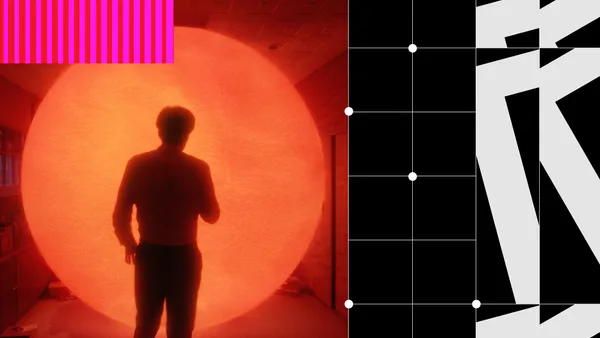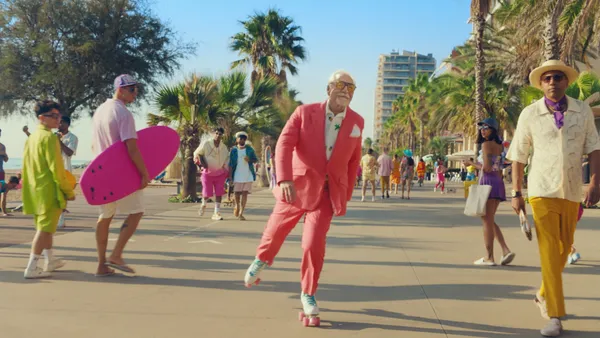Dive Brief:
- Ace Metrix and BuzzFeed teamed up to study long-form native video (LFNV), which are video ads ranging from 90 seconds to five minutes, and found that the format actually complements TV advertising rather than competing with the channel and connects emotionally with viewers.
- Comparing LFNV to TV across a range of objectives including persuasion, attention, likeability, information, change, relevance and desire, their found the two almost equal across each category.
- LFNV also resonates more highly with social “super sharers” than any other social media user frequency category, indicating the format is reaching an audience that has a propensity to share and drive amplification and organic distribution of the video content.
Dive Insight:
Alistair Sutcliffe, svp client analytics at Ace Metrix, told Marketing Dive they were surprised how high the attention levels for native videos were.
"Initially, we would have thought the longer duration would not have held attention for so long," he said, adding that, "the study also revealed that the integrations of product messages isn’t annoying to viewers if there is something compelling in the creative message in a well told story. And in fact, a well told brand story results in viewers sharing the content via social media."
The study also uncovered some best practices for the LFNV format including using emotion and storytelling, providing useful tips, including text overlays to emphasize the message, and ensuring the video content has a legitimate tie to the brand.
"Marketers should ensure that their native videos make emotional connections early in the story or with compelling visuals that make the viewers think twice about that immediate skip," Sutcliffe explained. "To keep the interest in long form, the story must build and connect along the way in a natural story arc, and not become repetitive or repeat the same joke."
Sutcliffe said the most successful long-form ads did a good job linking the story line to products that were relevant to viewers and didn't "just drop a random product placement into the creative."
The report pointed out that the format was effective in getting around the current state of ad avoidance, taking advantage of the popularity of video content, and providing marketers an opportunity to create content that people actually want to watch.
The findings come at a time when social media platforms are making moves to prioritize video, even providing users with longer video formats. Just this week Instagram rolled out 60-second videos to everyone on the platform.














